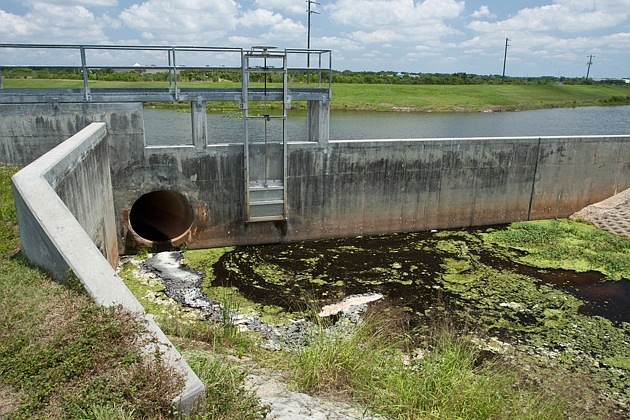- December 15, 2025
-
-
Loading

Loading

REVIEW SUMMARY:
What. Swiftmud's cash balance
Issue. Fixes may be late, but are they enough?
Impact. Taxpayers get a break next year, but no refunds.
In a time when most organizations experienced a boom in revenue followed by a tightening of capital, the Southwest Florida Water Management District has steadily accumulated cash — and lots of it.
During the past nine years, the state agency known as Swiftmud, funded mostly from property tax revenues, has increased its cash balance more than two-and-a-half times — from $268 million in 2001 to $674 million in 2010. The district saw increases in each of those years, including the past three when property values decreased with the recession.